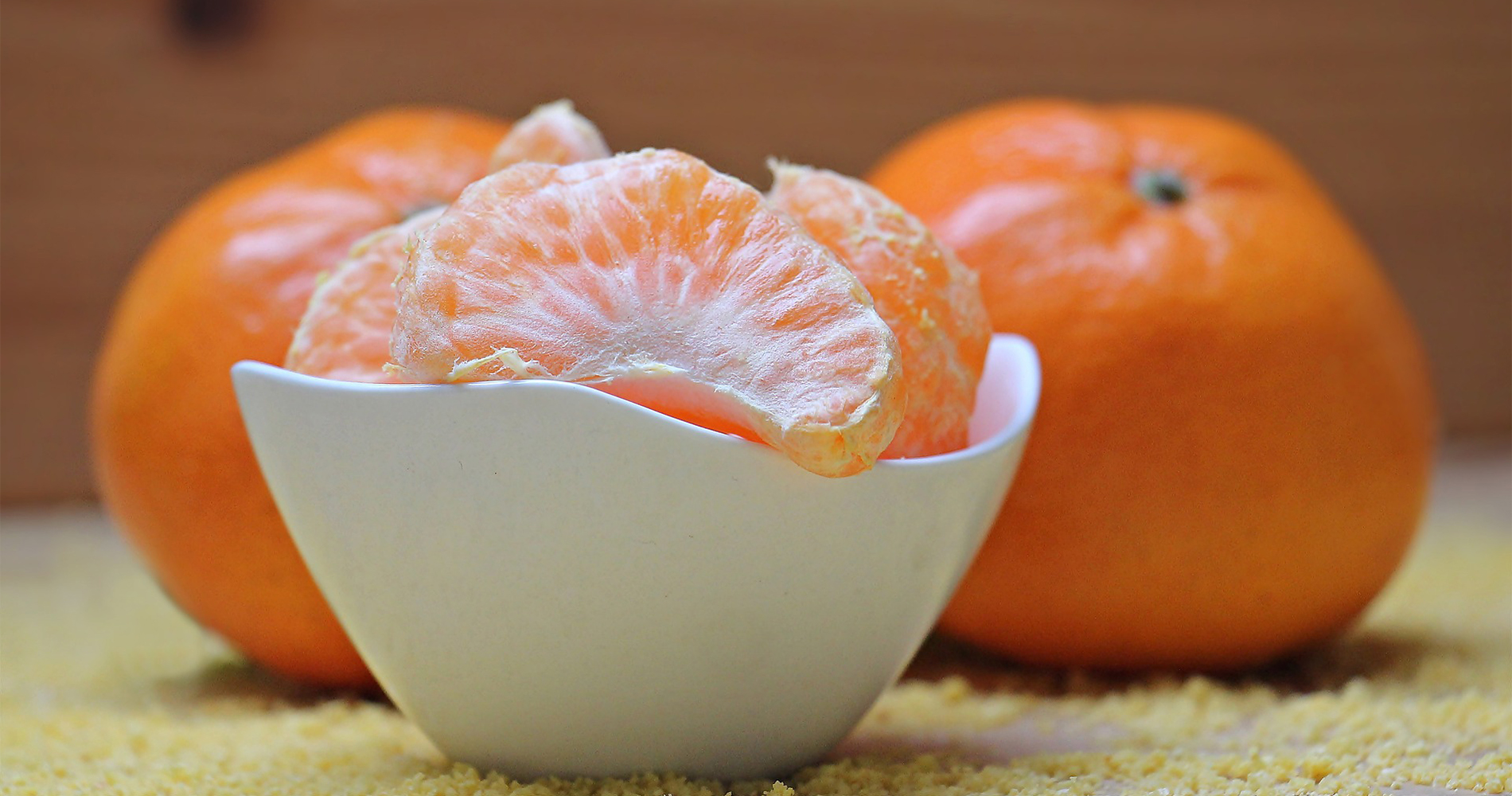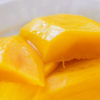Oranges are one of the world’s most popular fruits. Oranges come from trees belonging to the Citrus family (Rutacea), a family consisting of over 1,600 species. The genus Citrus is the most important in the family, consisting of around 20 species with edible fruits all of which are rich in vitamin C, flavonoids and essential oils.
The sweet orange is the most popular of these citrus fruits. Its closest species are mandarin, lemon, grapefruit, lime and kumquat trees.
Its nutritional composition is notable for its low-calorie index and high-water content, together with contents of vitamin C, folic acid and minerals such as potassium, magnesium and calcium. The latter is barely absorbed by the body. It also contains beta-carotene, which gives it its typical colour and oranges are well known for their antioxidant properties. Orange peel and pulp contain the most fibre, contributing greatly to gastrointestinal health.
The human body converts beta carotene into vitamin A when needed. This vitamin benefits eyesight, skin, hair, mucous membranes, bones and supports immunity. Folic acid helps in the production of red and white blood cells, with the synthesis of genetic material and helps strengthen the immune system. Potassium plays a critical role in the transmission and generation of the nervous impulse and is necessary for normal muscular activity. Magnesium is necessary for maintaining intestinal health, healthy nerves and muscles, bones and teeth, and for the immune system’s overall function and it also has a gentle laxative effect. Malic and citric acids have a disinfectant action and urine alkalinisation effect.






